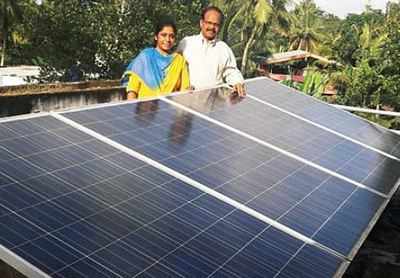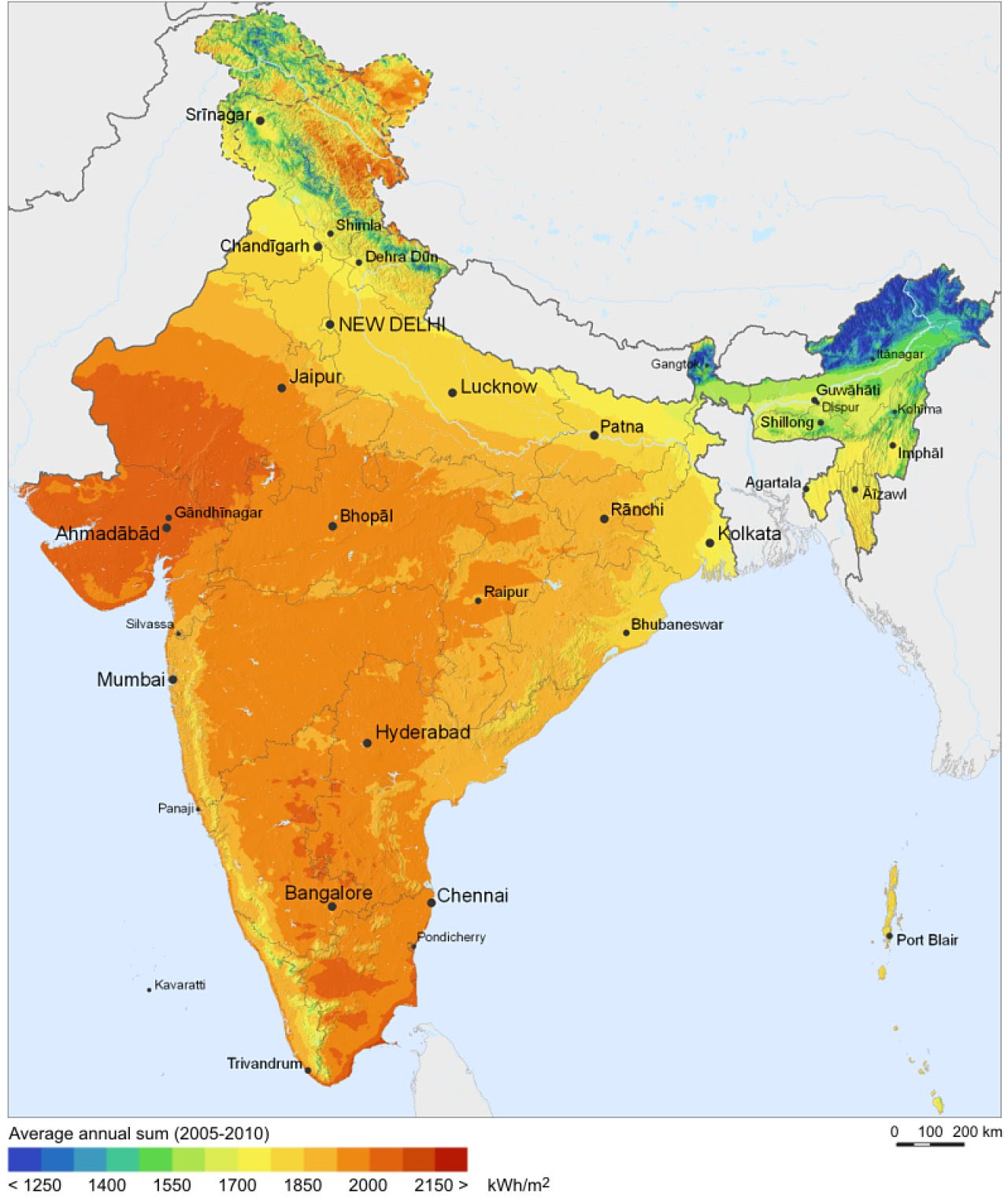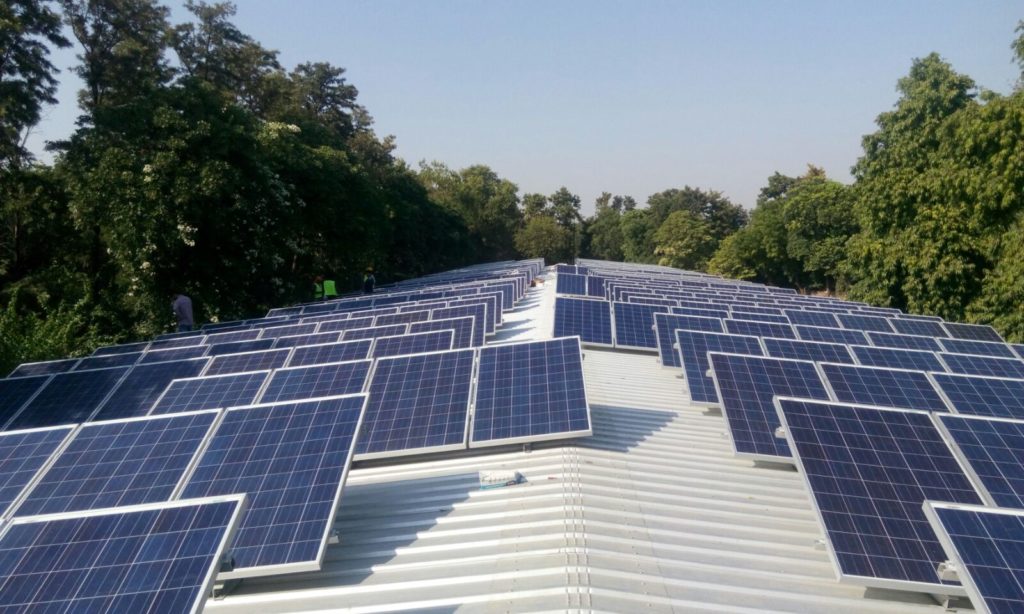In the western region, Gujarat and Madhya Pradesh, aided by a favourable climate, have registered a solar power capacity of 1,290 MW and 1,140 MW, followed by Maharashtra with 515 MW. In 2017, between March and October, Madhya Pradesh witnessed a 50 per cent increase in its solar power capacity.
However, regarding solar power, the southern region outshines other states. Telangana alone has a capacity of 2,570 MW, followed by Andhra Pradesh with 2,140 MW, Tamil Nadu with 1,710 MW, and Karnataka with 1,500 MW. For 2017 alone, the four states have more capacity than Australia, South Korea, and Spain.
Given the lack of sunlight in the north-eastern regions of India, solar capacity remains low here, with Assam leading with 12 MW. For Meghalaya, the capacity is only 0.06 MW.
The numbers show further enhancement from October 2017 to June 2018. Karnataka, India’s leading solar state is set to have over 5,000 MW in terms of installed solar capacity. Rajasthan’s capacity increased to 2,290 MW by the end of June 2018.
For a nation constrained by power cuts seven decades after its independence, renewables offer an ideal solution. By the end of 2012, over 4,600,000 solar lanterns and close to 1,000,000 solar-powered home lights had been installed. By 2022, the government aims to sell 20 million solar lights, offering a subsidy of 40 per cent.
India intends to go big on solar energy, and rightfully so. Already, more than 60 solar radiation resource assessment stations have been installed to evaluate India’s potential. Given that the government aims to have 100,000 MW capacity by 2022 alone, it would be ideal to harness energy from areas favoured by constant sunlight across the year. Most of these stations, thus, have been set up in Rajasthan, Gujarat, and parts of Tamil Nadu and Karnataka.
The solar story goes beyond numbers, however. India, in its pursuit of 100,000 MW solar generation capacity will be faced with many challenges. Firstly, India’s weak electrical grids, distribution losses, and the monetary burden operators find themselves under adds to the strain. Two, to harness solar energy, India must invest heavily towards efficient storage of energy. While research on batteries has lowered the cost of storage, increased the transportation feasibility, and enhanced life, there is a lot that must be done to ensure effective implementation of solar energy on a national level.












Recent Comments